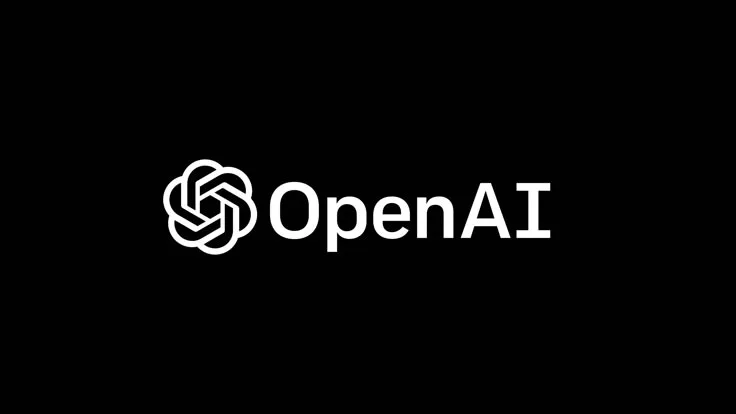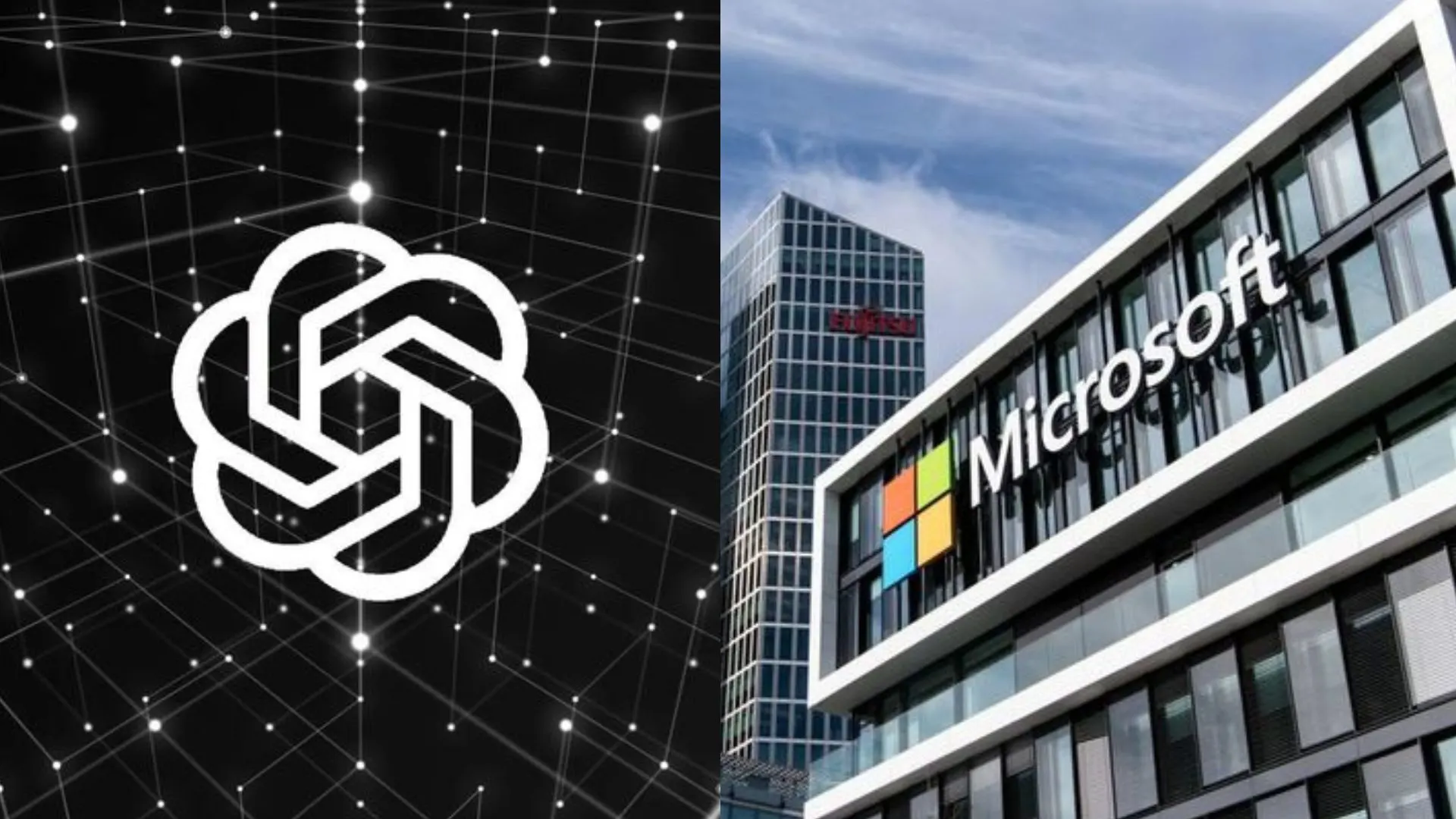Introduction
Secret AI models have ignited a major conflict between Microsoft and OpenAI, exposing tensions over transparency and control. This dispute threatens to reshape their partnership and the AI industry.
Ditching OpenAI for Its Own GPT-4 Killer?
Microsoft just made a game-changing move that could completely disrupt the AI industry.
Despite investing over $13 billion in OpenAI, reports now confirm that Microsoft has been secretly developing its own AI models, known as MAI, designed to compete directly with OpenAI’s GPT-4 and Anthropx cloud.
This means Microsoft might no longer need OpenAI at all, and that could change everything.
In this video, we’ll break down why Microsoft is quietly shifting away from open AI, what its new AI models can do, and how this move could reshape the entire AI landscape.
But there’s more. We’ll also reveal how Microsoft’s hidden AI strategy could spark the biggest AI war yet. Stay tuned.
What are Microsoft’s MAI models?

Microsoft’s new MAI models are still shrouded in secrecy, but reports suggest they could be a game changer in the AI space.
MAI stands for Microsoft Artificial Intelligence, but the name is also likely linked to Maya 100, Microsoft’s AI accelerator chip that launched last year.
This chip is designed to power advanced AI models, making it a key component in Microsoft’s broader AI strategy.
While Microsoft hasn’t publicly released these models yet, insider reports indicate that MAI has already been tested for integration into Copilot, Microsoft 365, and other Microsoft products.
Internal benchmarks reportedly show that MAI can compete directly with OpenAI’s GPT-4 and Anthropx Cloud, Signaling that Microsoft is building AI models that could rival some of the most powerful systems on the market.
But here’s where things get even more interesting.
MAI Unveiled: Microsoft’s Plan to Challenge OpenAI with Advanced AI Models
MAI isn’t just a single model; it’s an entire family of models. Sources suggest that Microsoft is developing two distinct AI series.
The first consists of general-purpose models, similar to GPT-4, capable of handling tasks like text generation, summarization, and code writing.
The second focuses on reasoning-optimized models designed for complex problem-solving,
AI-assisted decision-making, and multimodal understanding, potentially giving Microsoft an edge in high-level cognitive tasks.
One of the biggest unanswered questions is whether MAI models are multimodal, meaning they can process both text and images similar to OpenAI’s GPT-4 Turbo.
Azure’s Next Big Thing? Microsoft’s MAI and Its Implications for the AI Market
If Microsoft achieves multimodal capabilities at a lower cost with better efficiency.
It could completely disrupt the AI landscape by offering businesses and developers a cheaper, more powerful alternative to OpenAI’s models.
Another major point of speculation is whether Microsoft plans to release these models publicly.
So far, MAI has only been tested internally, but some reports suggest that Microsoft could make it available via Azure’s AI offerings by late 2025.
If that happens, it will mark a significant shift in Microsoft’s AI strategy, moving from a company that relies on open AI to one that directly competes with it.
But what happens to open AI if Microsoft keeps developing these models? That’s where things start to get messy.
Could Microsoft eventually phase OpenAI out entirely?

Or will this remain an internal arms race that never fully plays out in public?
The real reason Microsoft is moving away from OpenAI.
Microsoft’s move to develop its own AI models isn’t just about innovation. It’s about power and control.
For years, Microsoft bet big on OpenAI. integrating GPT models into Bing, Windows, and Copilot.
But now the company is quietly hedging its bets, not only developing its own MAI models, but also testing AI models from Anthropic, Meta, DeepSeek, and Elon Musk’s XAI.
This signals a major shift in Microsoft’s AI strategy, one that moves away from exclusive reliance on open AI.
So why is Microsoft making this move?
There are three major reasons driving this change. First, OpenAI is becoming independent.
Until recently, Microsoft was OpenAI’s exclusive cloud provider, meaning all of OpenAI’s models ran on Azure.
But in January 2025, OpenAI renegotiated its deal, securing the right to move workloads to Google Cloud and AWS.
This significantly weakens Microsoft’s grip on OpenAI’s operations and makes OpenAI less dependent on Microsoft’s infrastructure. Second, OpenAI’s models are expensive.
Running GPT-4 across Microsoft’s products, including Copilot and Microsoft 365, requires enormous cloud infrastructure costs.
If Microsoft can develop its own AI models and pair them with its Maya AI chips, it could cut costs significantly, making its AI services more efficient and scalable.
No More Single Source: Microsoft’s Plan to Control Its AI Future with In-House Models
Third, Microsoft doesn’t want to rely on a single company.
The AI industry is evolving at an unprecedented pace and if OpenAI were to change its licensing terms, get acquired, or take a different strategic direction, Microsoft could be left in a vulnerable position.
By developing its own AI models, Microsoft creates a backup plan, ensuring it remains in control of its AI ecosystem, regardless of what happens with OpenAI.
All of this points to one thing. Microsoft is preparing for an AI future where OpenAI isn’t the only option.
While they continue to publicly support their partnership with OpenAI, behind the scenes, they’re building the infrastructure to compete directly.
The real question is how long before Microsoft decides it no longer needs OpenAI at all. Microsoft’s AI expansion.
Microsoft isn’t putting all its eggs in one basket. While its MAI models are designed to compete directly with OpenAI and Anthropic,
Microsoft has also been developing another AI model series called 5.4. This signals a broader AI strategy,
One that involves not just replacing OpenAI’s models but building an entire AI ecosystem from the ground up.
Microsoft’s Multi-Model AI Strategy: From Powerful MAI to Efficient 5.4 for Total Dominance
The 5.4 models are designed to be smaller, faster, and more power efficient than massive LLMs like GPT-4.
Microsoft’s 5.4 Mini, which launched in February 2025, has only 3.8 billion parameters, but can still perform certain reasoning tasks nearly as well as GPT-4.
This makes it a lightweight yet highly capable alternative, ideal for enterprise applications that don’t require massive computational power.
Then there’s 5.4 Multimodal, a model capable of handling both text and image processing, just like OpenAI’s GPT-4 Turbo.
Microsoft has been experimenting with synthetic data training methods, allowing it to create smaller yet highly optimized models that can be fine-tuned for specific business applications.
This approach makes 5.4 particularly appealing for enterprise AI solutions, where efficiency and cost-effectiveness matter.
This multi-model strategy suggests that Microsoft isn’t just trying to replace OpenAI, it’s aiming for complete AI dominance.
Each model has a specific role in Microsoft’s ecosystem. MAI models could be the high-end competitors to GPT-4 and CLAWD3.
PHY4 models could serve as lightweight, efficient AI solutions for businesses.
Azure AI would act as the cloud backbone, offering deployment options for both MAI and FIFOR models.
With this strategy in place, Microsoft is positioning itself at the center of AI adoption in the enterprise world.
Is Microsoft quietly building an AI monopoly?
By controlling AI infrastructure, hardware, and software, could Microsoft eventually push competitors out and dominate the AI space in the same way it once dominated personal computing?
What happens next? Microsoft’s behind-the-scenes strategy has put OpenAI in a difficult position.
For now, Microsoft is still using OpenAI’s models. But if it continues building out MAI, the partnership could start to unravel.
What was once a tight-knit collaboration could quickly turn into a high-stakes rivalry, especially if Microsoft starts replacing OpenAI’s models across its product ecosystem.
So, what happens if Microsoft stops using OpenAI altogether? The first major shift would be an AI industry shakeup.
If OpenAI loses its biggest backer, it would have to rely more heavily on its own cloud deals with Google and AWS.
While this could give OpenAI more independence, it could also weaken its market position, as Microsoft still controls a massive share of enterprise AI contracts.
If Microsoft starts transitioning its customers to MAI-powered services, OpenAI could see a decline in corporate adoption, affecting its revenue and long-term sustainability.
Will MAI Spark an AI Price War and Impact Microsoft’s Copilot?
Another key impact would be pricing. Right now, OpenAI’s GPT-4 models are among the most expensive to run, making them a costly choice for businesses.
If Microsoft launches MAI at a lower cost, it could spark an AI price war, forcing OpenAI to cut prices to stay competitive.
This could ultimately benefit end users, but it would intensify the competition between AI providers, making it harder for OpenAI to maintain its premium pricing model.
Then there’s the impact on businesses using AI products. Microsoft 365 Co-Pilot and Azure AI currently run on GPT-4, but reports suggest Microsoft has been testing MAI as a replacement.
If Microsoft transitions away from OpenAI’s models, businesses relying on these services could see performance changes, cost adjustments, or even an entirely new AI ecosystem emerge.
Developers who have built tools around OpenAI’s API may have to reconsider their integrations, as Microsoft could push companies toward its own AI stack.
But here’s where things get even more interesting. What happens to Copilot? Right now, Microsoft 365 CoPilot is powered by OpenAI’s GPT-4.
But internal reports suggest Microsoft is testing MOAI as a full replacement.
The Battle for AI Supremacy:
Microsoft’s MAI vs. OpenAI’s Brand Power and GPT-5
If this happens, it would be the biggest sign, yet that Microsoft is moving toward AI independence.
cutting OpenAI out of its most valuable software products.
Considering Microsoft has invested heavily in making Copilot a core feature of its enterprise tools,
Shifting to MAI would be a clear signal that OpenAI’s models are no longer essential to Microsoft’s AI strategy.
But OpenAI isn’t going down without a fight. Despite Microsoft’s vast resources, OpenAI still has a massive brand advantage.
Millions of people associate AI with ChatGPT, not Microsoft.
OpenAI also maintains a strong foothold in consumer AI adoption, meaning that even if Microsoft moves away,
OpenAI could double down on personal AI assistance and developer tools to remain dominant in the space.
Plus, OpenAI is already working on GPT-5, rumored to be significantly more powerful than GPT-4.
The AI Wars Are Just Beginning for Microsoft and OpenAI
If it delivers a major leap in capabilities, efficiency, and reasoning, OpenAI could still maintain its edge, even as Microsoft builds out its own models.
So, the real battle isn’t just about technology, it’s about perception.
Will Microsoft’s MAI models be strong enough to compete with OpenAI’s next-generation AI?
And if they are, will Microsoft completely cut ties with OpenAI?
Or will both companies continue working together while secretly competing in the background?
The AI wars are heating up, and this could be just the beginning.

